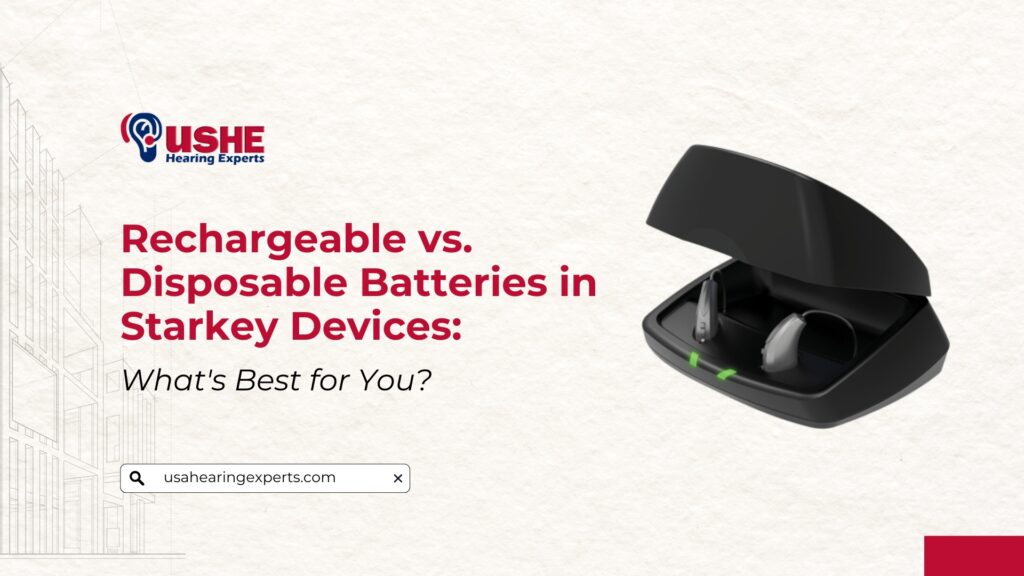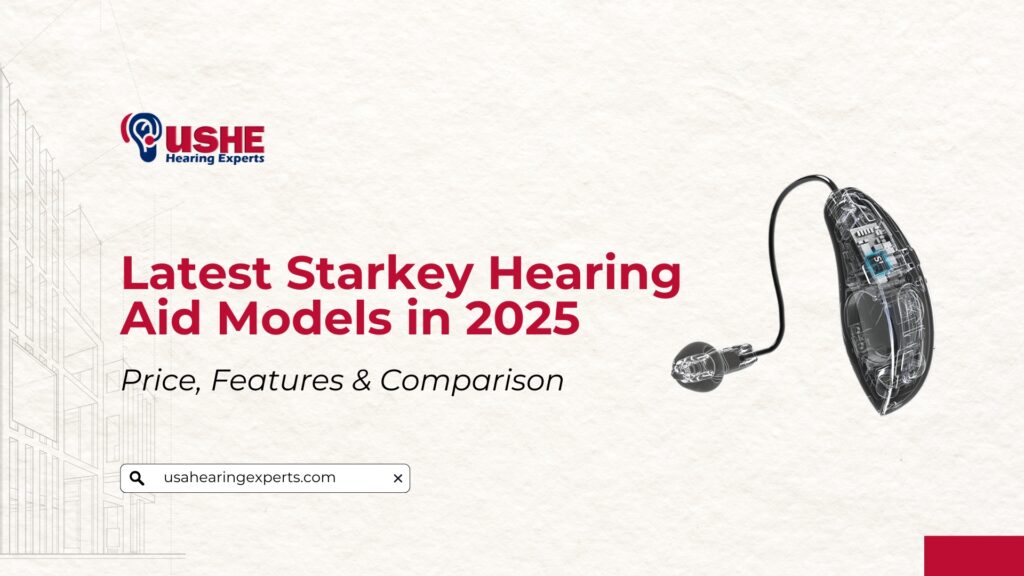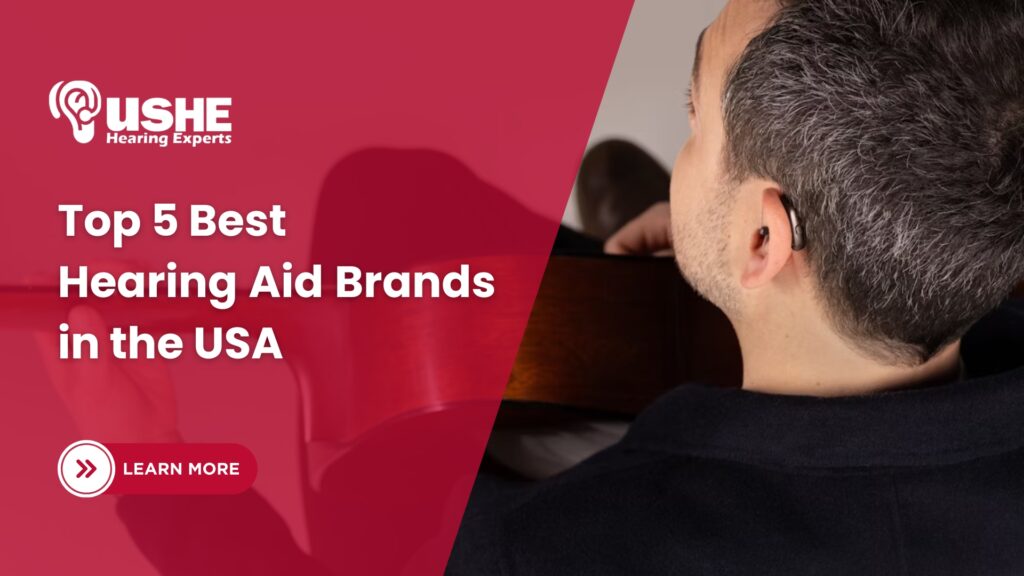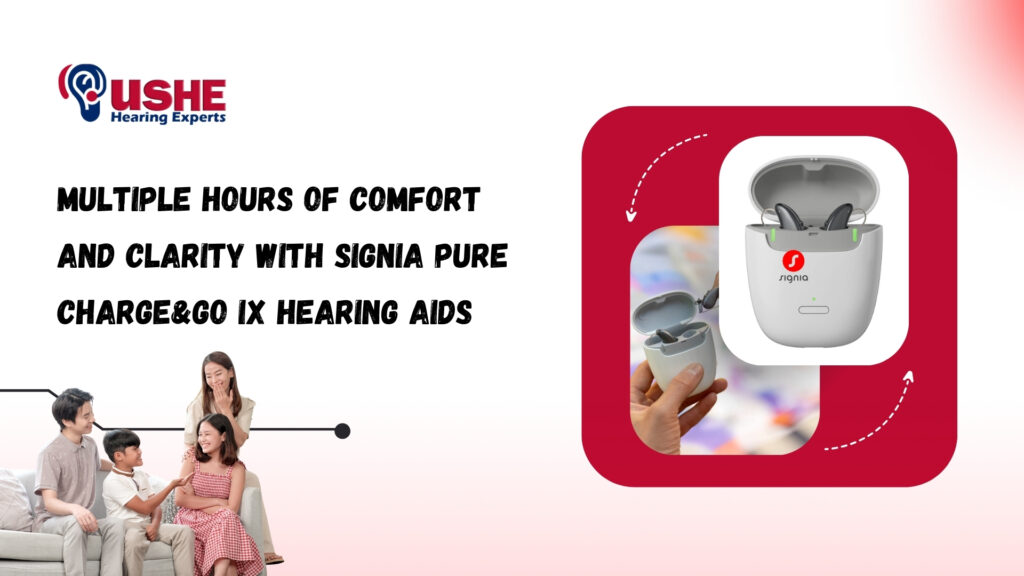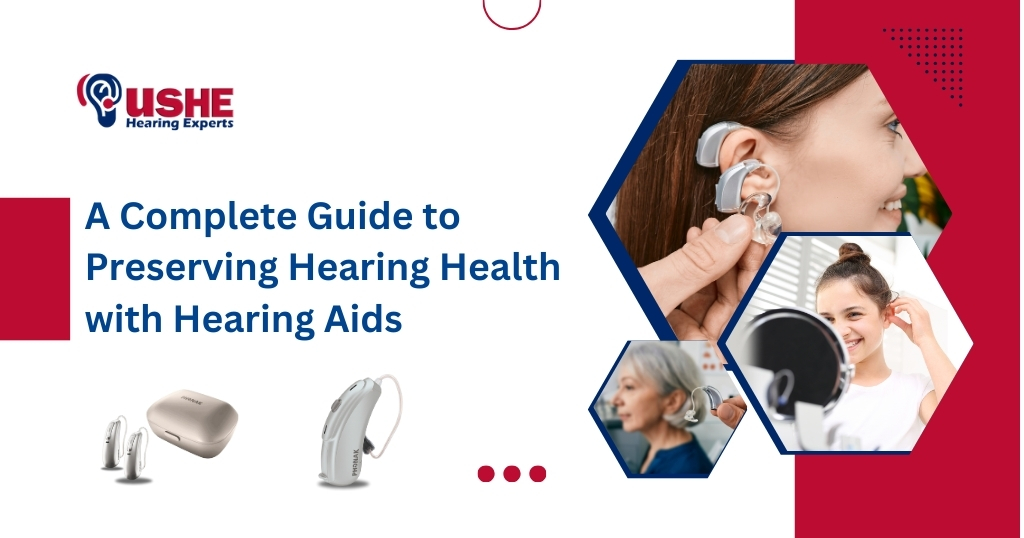What You Need to Know About Hearing Aids: How to Choose the Right One?
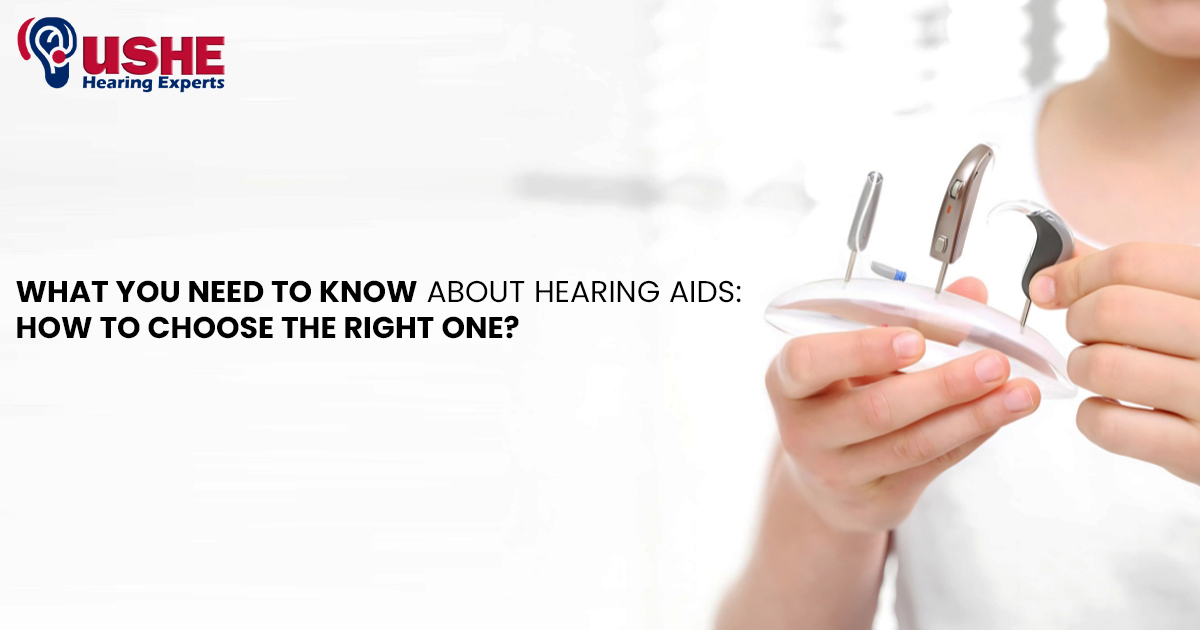
Hearing loss is a problem that affects millions of people worldwide. In the US, there is also a high percentage of hearing loss patients. This problem is making it harder to engage in conversations, enjoy entertainment, or simply hear the world around you. Fortunately, hearing aids have become a powerful solution for millions of people, providing clear and comfortable hearing in various environments. However, with so many models, features, and styles available, choosing the right hearing aid can feel overwhelming.
Through this blog, you can understand what you need to know about hearing aids and how to select the one that’s perfect for your hearing needs and lifestyle.
1. Types of Hearing Aids
Hearing aids come in different styles, each designed to fit specific levels of hearing loss, personal preferences, and comfort. Here’s a look at the most common types:
Behind-the-ear (BTE) Hearing Aids
BTE hearing aids are worn behind the ear and connected to an earmold that fits inside the outer ear. These are ideal for people with mild to profound hearing loss.
Pros: Powerful amplification, suitable for a wide range of hearing losses, long battery life.
Receiver-in-Canal (RIC) Hearing Aids
RIC hearing aids are similar to BTE models but have the speaker placed inside the ear canal, connected by a thin wire.
Pros: Discreet, natural sound quality, and less feedback.
In-the-Ear (ITE) Hearing Aids
These are custom-made to fit inside your outer ear. ITE aids are larger than in-canal devices but smaller than BTE models, making them a middle-ground option.
Pros: Easier to handle, more powerful than smaller styles, good for mild to severe hearing loss.
In-the-Canal (ITC), Completely-in-Canal (CIC), and Invisible-in-Canal Hearing Aids
ITC, CIC, and IIC hearing aids are very small and fit partially or completely inside the ear canal, making them less visible.
Pros: Highly discreet, custom-fit, good for mild to moderate hearing loss.
2. Hearing Aid Features to Consider
Modern hearing aids offer an array of features that can enhance your hearing experience. The right features for you will depend on your lifestyle, hearing needs, and budget.
Noise Reduction
Many hearing aid machines come with noise reduction features that minimize background noise, making it easier to focus on conversations in noisy environments like restaurants or crowded areas.
Directional Microphones
Hearing devices with directional microphones can focus on sounds coming from a specific direction, usually in front of the user. This feature is particularly useful in situations where you need to hear speech clearly amidst background noise.
Bluetooth Connectivity
Bluetooth-enabled hearing aids allow you to connect directly to smartphones, TVs, and other devices for hands-free calling, music streaming, or watching TV with direct audio to your hearing aids.
Rechargeable Batteries
If you don’t want to deal with the hassle of changing small hearing aid batteries, consider models with rechargeable batteries. These ear machines are convenient and eco-friendly, allowing for easy overnight charging.
Telecoil
A telecoil feature can improve hearing in public spaces equipped with hearing loop systems, such as theatres, airports, or churches. It allows you to receive sound directly from the sound system, cutting out background noise.
Smartphone Apps
Many modern hearing aids are paired with smartphone apps that let you adjust settings, and volume, and even locate lost hearing aids. These apps can offer greater control and customization.
3. Hearing Loss Levels
Before choosing a hearing aid, it’s important to understand the degree of your hearing loss. A hearing test conducted by an audiologist will provide a clear picture of your hearing capabilities, ranging from mild to profound hearing loss. Different hearing aids are designed to address specific levels of hearing loss:
Mild Hearing Loss: May benefit from smaller, discreet hearing aids like CIC, IIC or ITC models.
Moderate Hearing Loss: A wider range of hearing aids will work well, including RIC and BTE models.
Severe to Profound Hearing Loss: BTE and ITE hearing aids offer the power and amplification needed for those with more significant hearing challenges.
4. Lifestyle Considerations
Your daily routine and activities will play a key role in determining the right hearing aid for you.
Active Lifestyle
If you’re often in dynamic environments—such as social gatherings, outdoor activities, or public places—you’ll want hearing aid machines with advanced noise reduction, directional microphones, and wind noise management. BTE or RIC models may be the best fit.
Quiet Lifestyle
For those who spend most of their time in quieter settings, basic hearing devices with fewer features may suffice. ITC or CIC models can be more suitable for people who spend time in one-on-one conversations or small group settings.
Tech-Savvy
If you enjoy staying connected to your devices, look for hearing aids with Bluetooth connectivity and smartphone app support. These features allow for seamless streaming and control of your hearing experience.
5. Cost of Hearing Aids
Hearing aid devices can range in price based on their technology and features. While higher-end models come with advanced features like Bluetooth, automatic adjustments, and noise cancellation, basic models still provide clear and effective hearing improvement.
Basic Hearing Aids: $449 – $2,000 per pair, usually offering essential amplification.
Mid-Range Hearing Aids: $2,000 – $3,500 per pair, often including wireless connectivity and noise reduction.
Premium Hearing Aids: $3,500+ per pair, comes with advanced features like automatic sound adjustment, wind noise reduction, and smartphone compatibility.
6. Trial Period and Warranty
Many hearing aids come with a trial period and warranty, allowing you to test them out and ensure they meet your needs. Make sure to inquire about the trial period and whether the hearing aids come with a warranty that covers repairs and adjustments.
7. Consulting with an Audiologist
The best way to choose the right hearing aid is by consulting with a licensed audiologist. They will conduct a thorough hearing evaluation, explain your hearing test results, and guide you through the options based on your hearing loss, lifestyle, and budget.
At USA Hearing Experts, we offer online consultations with expert audiologists who can help you select the ideal hearing aid for your unique needs. You can also share your hearing test reports with us, and we’ll assist you in finding the best solution for your hearing loss.
Conclusion: Choosing the Right Hearing Aid
Selecting the right hearing aid can transform your life by improving your hearing and overall well-being. By understanding the different types of hearing aids, the features available, and how they match your hearing loss and lifestyle, you can make an informed decision. Don’t hesitate to seek professional guidance—whether through an in-person or online consultation—to ensure you get the best possible hearing solution.
At USA Hearing Experts, we’re here to help you every step of the way. Let us assist you in finding the perfect hearing aid that fits your needs, enhances your hearing, and improves your quality of life.


